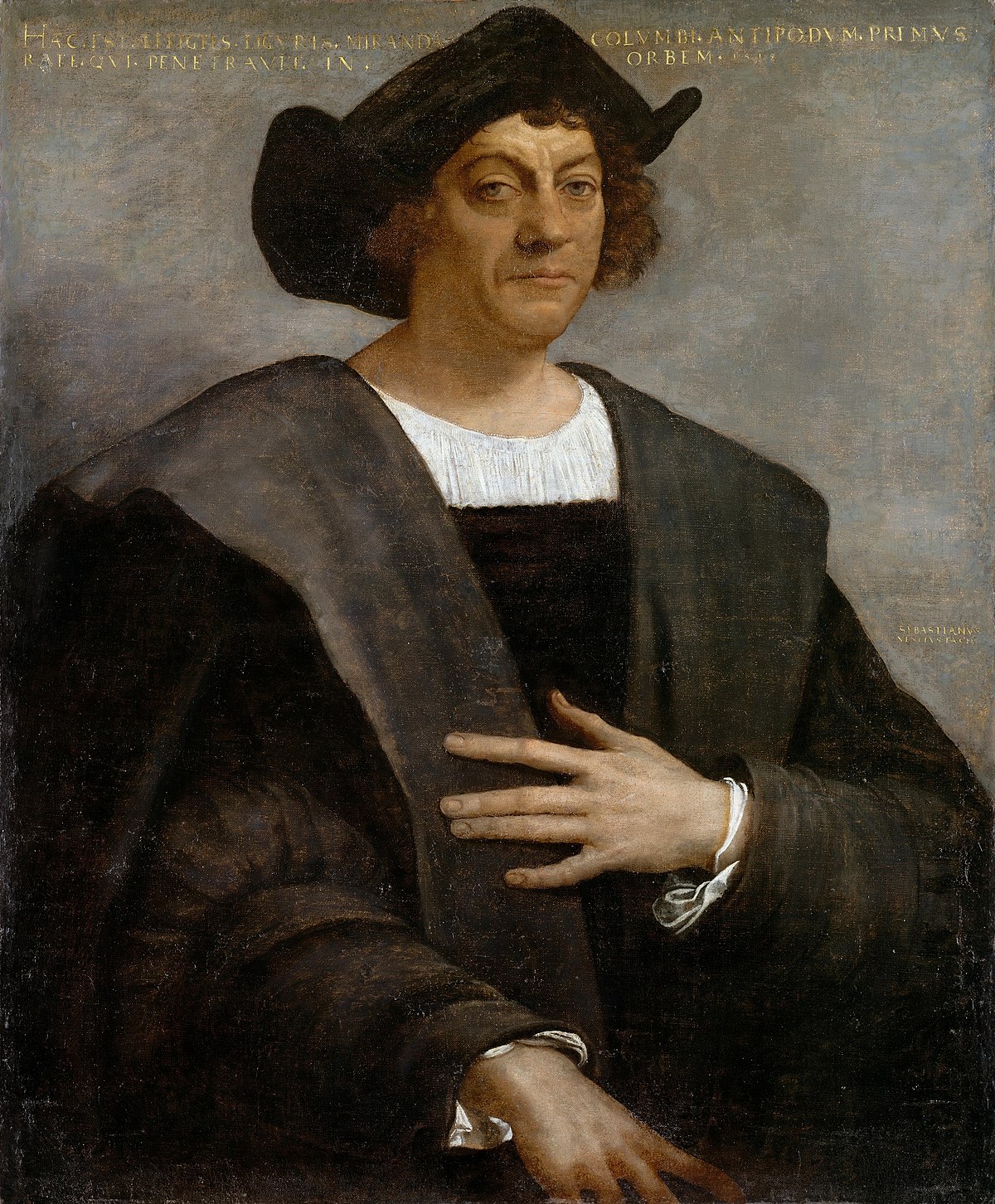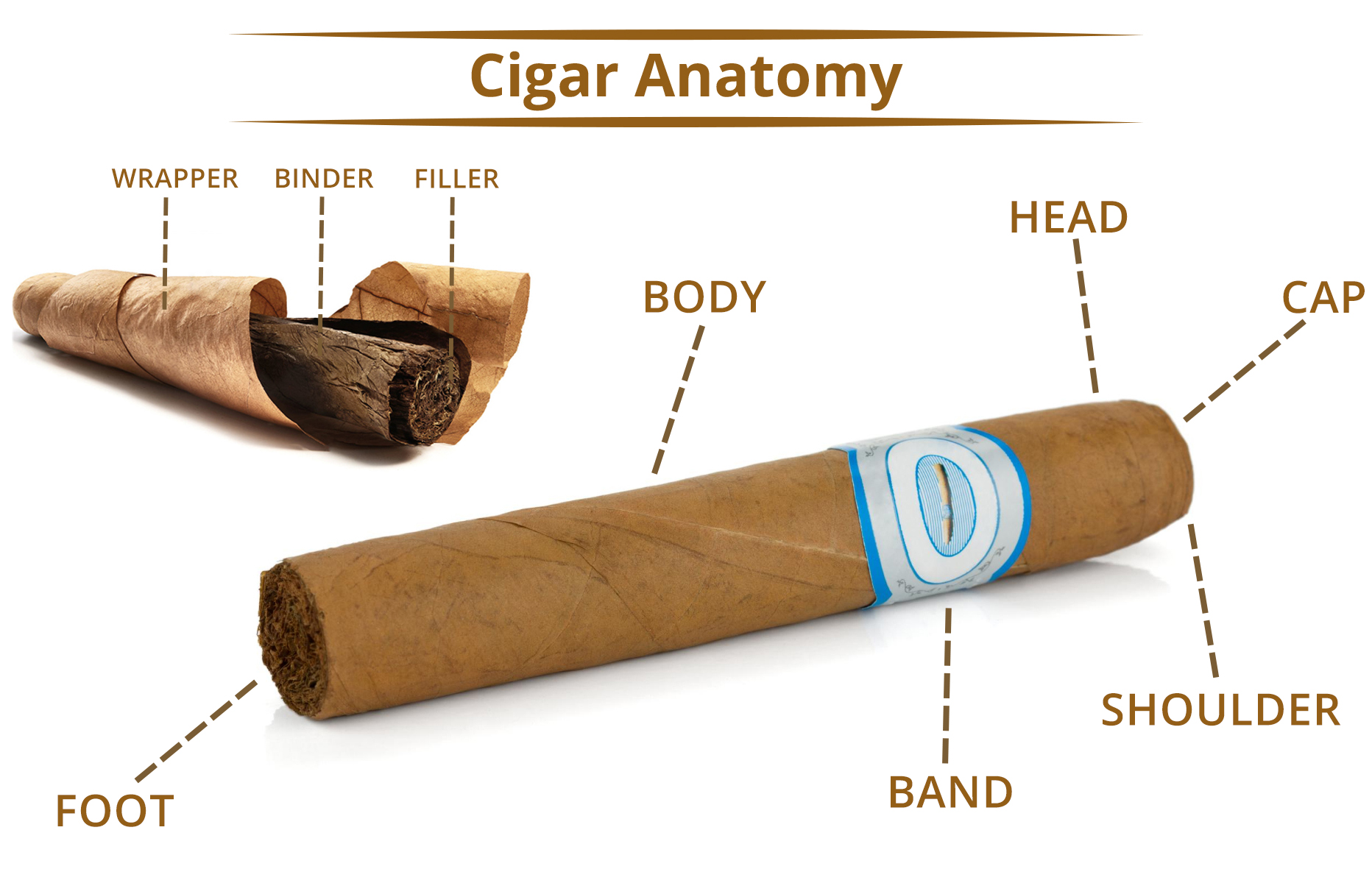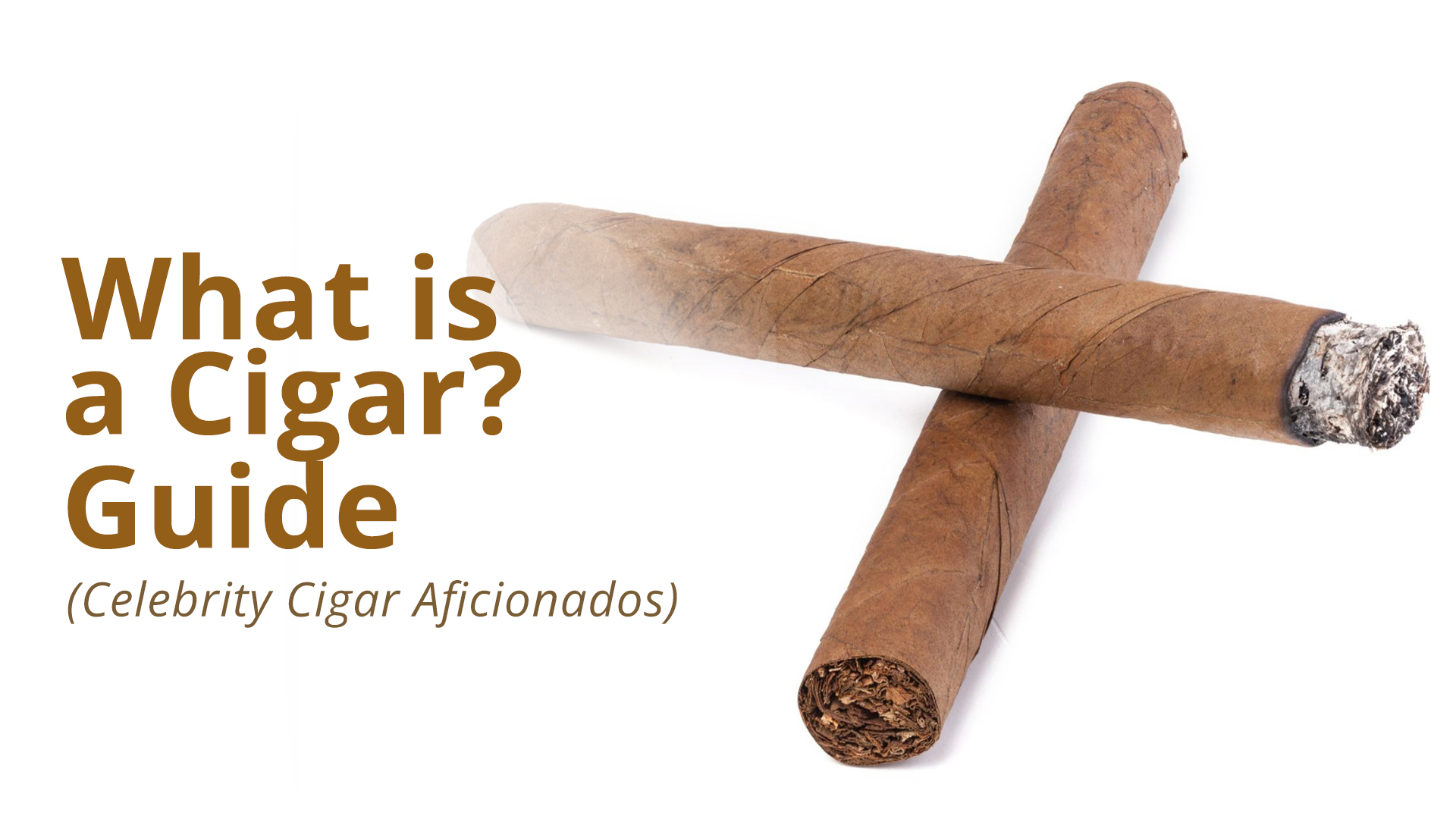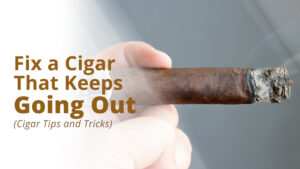Embark with us on an enlightening journey into the world of cigars.
So, what is a cigar? It’s a bundle of carefully selected, fermented, and dried tobacco leaves meticulously rolled into a smokeable piece of art.
Our expedition into the realm of cigars will deepen your understanding, from their rich history to the intricacies of their construction.
It will definitely improve your knowledge and the pleasure derived from every puff.
The Origin of Cigars
Like an intriguing mystery novel, the origin of cigars is shrouded in the mists of time.

The story begins in 1492, with Christopher Columbus setting foot on the shores of Cuba.
The indigenous Taino people introduced him to “Cohiba,” their term for rolling tobacco leaves and inhaling the smoke.
Columbus’s fellow explorer, Bartolome de las Casas, captured this practice in his writings, unknowingly penning the first chapter of the global cigar narrative.
From the royal courts of Europe to the farthest corners of the world, the practice of cigar smoking spread, morphing and evolving into the art we relish today.
Cigar Anatomy: What’s in a Cigar?
Unraveling the enigma of a stogie reveals the harmonious trifecta of components that make up its unique anatomy: the filler, the binder, and the wrapper.

Each element originates from a different part of the tobacco plant, and each imparts its unique flavor and characteristics to the whole.
The Filler
At the heart of a stogie, you’ll discover the filler. It’s here that the magic of flavor truly unfolds.
The filler leaves are responsible for crafting the unique flavor profile of each cigar.
Master cigar-makers artfully blend different tobaccos, understanding that the perfect pairing is key to creating a memorable cigar.
These leaves also determine the burn rate of the stogie, ensuring an even and smooth experience from start to finish.
Their age plays a role, too: aged leaves present a smoother, more approachable flavor, while younger leaves tend to pack a sharper bite.
The size of the filler leaves also contributes to the smoking experience.
Long filler leaves, typically arranged in an intricate fan-shaped pattern and rolled by hand, result in a longer, smoother burn.
These are the hallmarks of ultra-premium cigar brands.
Short-filler tobaccos, sometimes referred to as mixed-filler or sandwich tobaccos, are often found in less expensive or bundled cigars.
These short-fillers can include remnants from the long-filler leaves used in top-shelf cigars.
While commonly associated with machine-made cigars, the best short-filler cigars are still handcrafted and classified as a premium product.
The Binder
Next in line is the binder, the unsung hero of the cigar world.
These leaves originate from the middle of the tobacco plant and are known for their hardiness and rough texture.
With a higher moisture content than the filler leaves, they may not receive the same spotlight during aging, but their role is no less vital.
The binder gives a stogie its structure, ensuring it retains its shape and provides an ideal smoking experience.
The Wrapper
Finally, the wrapper is the visage of the cigar.
This outermost leaf is carefully chosen for its aesthetic appeal, tactile texture, and contribution to the overall taste.
Its beauty belies its function: to protect the delicate construction within and subtly influence the cigar’s overall flavor profile.
Cigar Sizes and Colors
As diverse as the people who smoke them, cigars come in a myriad of sizes and colors.
Each with its unique flavor profile and smoking duration.
The size of a stogie is determined by its length, measured in inches, and ring gauge – the diameter of the cigar, measured in 64ths of an inch.
From petite coronas with a ring gauge of 42 and length of 5 inches to the grandeur of a president, stretching to 8 inches with a ring gauge of 52, there’s a size to suit every occasion and preference.
Regarding color, cigars display a beautiful palette ranging from the light, almost golden shades of Claro wrappers to the dark, rich hues of Oscuro or Maduro wrapper types.
The color is influenced by the fermentation process and the type of tobacco plant used, and it can give you a hint about the cigar’s flavor and strength.
Generally, lighter wrappers tend to be milder, while darker ones pack a more robust taste.
The Difference Between a Cigar, Cigarillo, and a Cigarette
While cigars, cigarillos, and cigarettes might seem similar to the untrained eye, they are quite different.
Cigarettes are smaller, thinner, and filled with finely cut tobacco wrapped in paper.
They’re designed for quick smoke and are meant to be inhaled, which isn’t the case with cigars.
Cigarillos are the middle child of the tobacco family.
Larger than a cigarette but smaller than a traditional cigar, cigarillos are often machine-made, filled with a blend of tobacco leaves, and offer a quicker smoke than a stogie.
Cigars, on the other hand, are a more luxurious, time-consuming experience.
Rolled in premium tobacco leaves, cigars contain a blend of tobaccos chosen for their unique flavors.
The joy of a cigar lies not in inhaling the smoke but in savoring the rich, complex flavors and relaxing during the ritual of smoking.
How to Pick a Cigar as a Beginner
Choosing cigars can be overwhelming for a beginner, given the vast range of choices.
To start, we recommend picking a milder stogie.
They’re perfect for getting accustomed to the flavors and aromas without overpowering your palate.
Look for cigars with Connecticut or Claro wrapper types, usually with a milder flavor profile.
Don’t be swayed by price or size alone.
An expensive cigar isn’t necessarily the best for beginners, and bigger doesn’t always mean better.
It’s more about the quality of tobacco and the craftsmanship involved.
Start with a smaller size, and as you become more comfortable, you can explore larger and more complex cigars.
Finally, remember to ask questions.
Your local tobacconist or fellow cigar smokers are usually happy to share their knowledge and recommendations.
With time, patience, and experience, you’ll find the perfect cigar that suits your taste.
What is a Cigar FAQs
What is the price range for cigars?
The price of cigars can vary greatly, ranging from a couple of dollars to hundreds of dollars for rare and premium cigars.
What are the most famous brands of cigars?
Some renowned brands include Cohiba, Montecristo, Arturo Fuente, and Padron, known for their quality and craftsmanship.
Can you inhale cigar smoke?
Unlike cigarette smoke, cigar smoke is advised not to be inhaled.
The pleasure of cigar smoking comes from tasting the smoke in your mouth, not from inhaling it.
What is cigar etiquette?
Some of the cigar etiquette includes:
- Cutting the cigar correctly.
- Lighting it properly.
- Not inhaling the smoke.
- Not stubbing out the cigar when finished.
What is a “Cuban” cigar, and why are they unique?
Cuban cigars, made in Cuba from local tobacco, are considered some of the finest in the world due to their unique flavor profile and meticulous craftsmanship.
What is a box-pressed cigar?
A box-pressed cigar is a cigar that has been shaped into a square or rectangle during the aging process.
This shape can enhance the smoking experience by allowing a more consistent draw.
What is a torpedo cigar?
A torpedo cigar is a type of cigar with a pointed head and a bulging middle.
It’s famous for its unusual shape and the concentration of flavors towards the pointy end.
What are infused cigars?
Infused cigars have been flavored with various essences like coffee, chocolate, fruits, or spices, offering a unique and often sweeter smoking experience.
What is a cigar band, and what is its purpose?
A cigar band is a loop of paper or foil fitted around the body.
It identifies the brand and provides a practical function by protecting the cigar wrapper from tearing or unraveling.
Many enthusiasts find collecting bands as a hobby and a way to remember a flavorful smoke.




